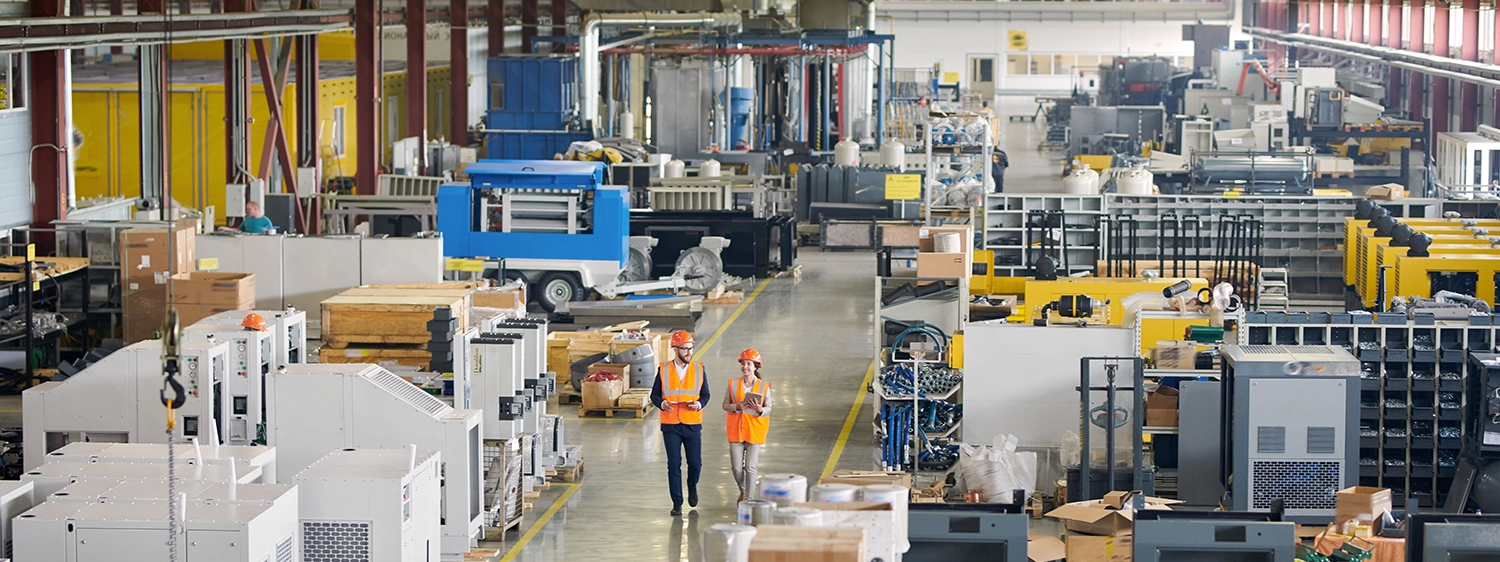Article
Maximizing innovation: How manufacturers can qualify for the R&D tax credit

At the core of each new manufacturing process is innovation; it’s where engineering meets technology to create new products or improve processes. Manufacturing companies, whether they’re aiming to boost efficiency or invent new products, are at the forefront of progress. The Research & Development (R&D) Tax Credit, under Section 41 of the Internal Revenue Code, offers a potential route for these companies to leverage innovation and reinvest in their own growth. The R&D tax credit can offer a path for manufacturing companies to harness the power of innovation and help re-invest in themselves to further innovate.
Qualifying activities for manufacturers
Qualifying for the R&D tax credit requires manufacturing companies to showcase activities that embody innovation. A key component of qualification is technological uncertainty, a standard aspect of manufacturing. This could involve developing new materials with improved properties, refining production processes for higher efficiency, or incorporating advanced automation and robotics technologies. Manufacturing companies are continually exploring uncharted areas where outcomes are not guaranteed.
Ready for your feasibility analysis? Click here to get started.
The R&D tax credit also rewards activities that apply principles of engineering or physical sciences. This covers a broad range of activities in manufacturing, from designing and prototyping new products to enhancing manufacturing processes using scientific principles. Whether it’s creating complex machinery, developing intricate control systems, or creating advanced materials, many activities undertaken by manufacturing companies can potentially qualify for the R&D tax credit. Some of the most common activities include things like:
- New Product Development: This includes designing, prototyping, and testing new products. The process often involves trial and error, which is a key aspect of research and development.
- Process Improvement: Manufacturing companies can qualify for the R&D tax credit by improving production processes. This could involve enhancing efficiency, reducing waste, or improving product quality.
- Advanced Material Development: Creating new materials with enhanced properties, such as increased strength, lighter weight, or improved sustainability, can qualify as research and development.
- Software Development: If a company is developing proprietary software to improve its manufacturing processes or to integrate with its products, these activities can qualify.
- Automation and Robotics: The development or improvement of automation and robotics technologies, especially those that result in increased productivity or decreased costs, can qualify for the credit.
- Environmental Improvements: Efforts to make manufacturing processes more environmentally friendly, such as developing methods to reduce emissions or waste, can be considered R&D.
- Advanced Quality Testing: The development of sophisticated quality testing methods, for ensuring product reliability and safety, can be a qualifying activity.
- Complex System Integration: Integrating various complex systems, such as mechanical, electrical, and software systems, into a cohesive manufacturing process can qualify.
Documentation and support provide the backbone of the credit
Remember, the key to qualifying for the R&D tax credit is demonstrating that these activities involve some level of technological uncertainty and are aimed at discovering new information. Qualifying for the R&D tax credit can be challenging for manufacturing companies due to the complex nature of their processes. Documenting eligible activities and expenses can be a daunting task. From maintaining detailed records of R&D activities to proving the link between R&D efforts and technological advancements, companies need to present a strong case for their eligibility for the credit.
Our advisors at Abdo can provide guidance through the entire R&D process – from a comprehensive study of your activities to implementation of the credit and recommendations for leveraging these activities now and into the future. Learn more about our R&D tax credit services and then reach out for a feasibility analysis to determine if you would qualify.
July 17, 2024
Meet the Expert
Reach out to our team
Let's discuss
Interested in discussing this topic further? Fill out this form to get in touch with our advisors and get the conversation started. Together, we can help light the path forward to a brighter future.
"*" indicates required fields
